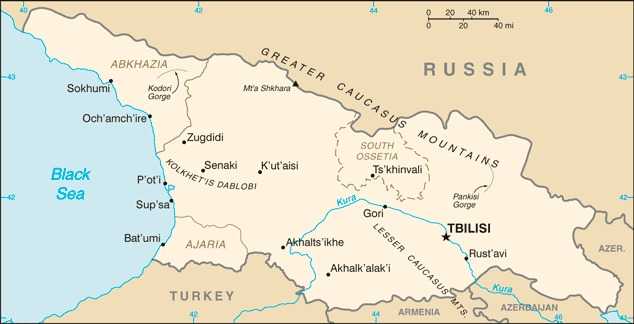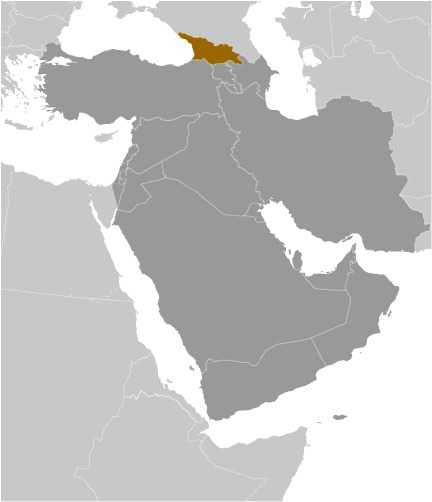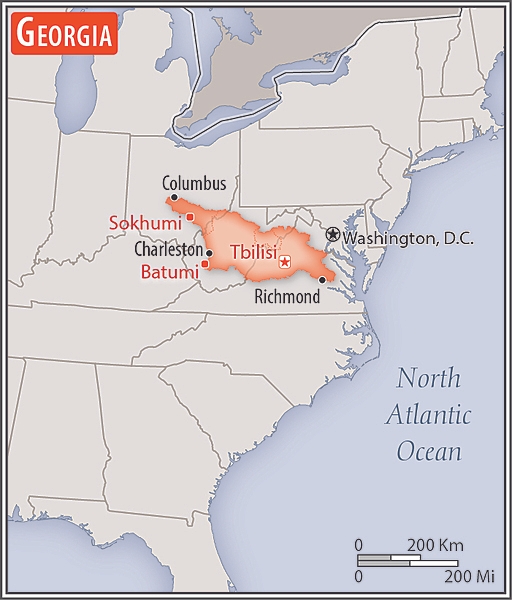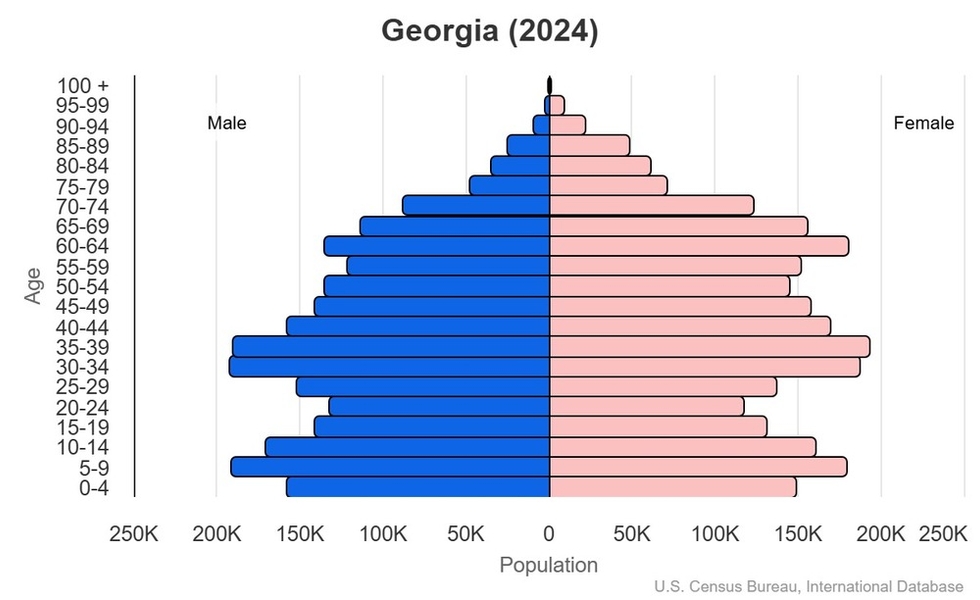Introduction
Visit the Definitions and Notes page to view a description of each topic.
Geography
People and Society
Population
comparison rankings: total 126; male 126; female 126
Languages
Median age
comparison ranking: total 75
Population growth rate
comparison ranking: 222
Birth rate
comparison ranking: 148
Death rate
comparison ranking: 11
Net migration rate
comparison ranking: 193
Maternal mortality ratio
comparison ranking: 121
Infant mortality rate
comparison ranking: total 72
Life expectancy at birth
comparison ranking: total population 158
Total fertility rate
comparison ranking: 112
Obesity - adult prevalence rate
comparison ranking: 85
Alcohol consumption per capita
comparison ranking: total 53
Tobacco use
comparison ranking: total 27
Children under the age of 5 years underweight
comparison ranking: 104
Education expenditure
comparison ranking: Education expenditure (% GDP) 110
Environment
Carbon dioxide emissions
comparison ranking: total emissions 106
Government
Economy
Real GDP (purchasing power parity)
comparison ranking: 100
Real GDP growth rate
comparison ranking: 4
Real GDP per capita
comparison ranking: 89
Inflation rate (consumer prices)
comparison ranking: 25
GDP - composition, by sector of origin
comparison rankings: agriculture 109; industry 137; services 69
Industrial production growth rate
comparison ranking: 39
Labor force
comparison ranking: 128
Unemployment rate
comparison ranking: 158
Youth unemployment rate (ages 15-24)
comparison ranking: total 22
Gini Index coefficient - distribution of family income
comparison ranking: 78
Public debt
comparison ranking: 122
Taxes and other revenues
comparison ranking: 26
Current account balance
comparison ranking: 139
Reserves of foreign exchange and gold
comparison ranking: 104
Debt - external
comparison ranking: 52
Energy
Electricity
comparison rankings: installed generating capacity 94; consumption 96; exports 40; imports 49; transmission/distribution losses 106
Energy consumption per capita
comparison ranking: 88
Communications
Telephones - fixed lines
comparison ranking: total subscriptions 109
Telephones - mobile cellular
comparison ranking: total subscriptions 121
Broadband - fixed subscriptions
comparison ranking: total 77
Transportation
Merchant marine
comparison ranking: total 139





